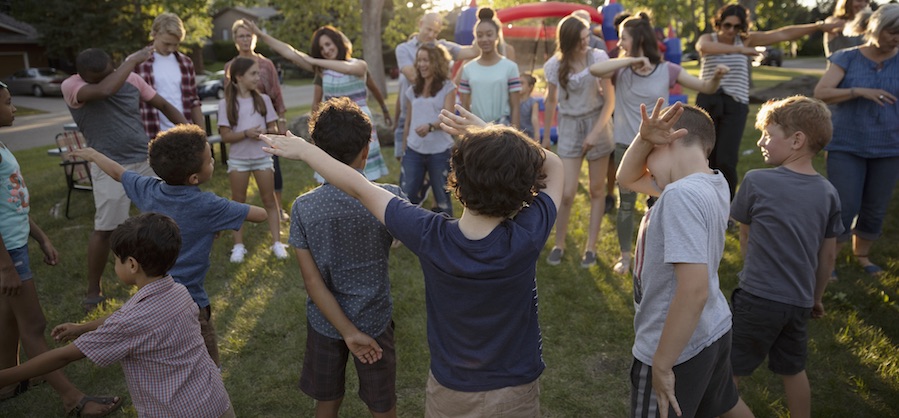Most parents with young children share a creeping dread, even if it’s a silent one: that one of their kids could come home from school or daycare with head lice.
The good news is that, while the occurrence of head lice is fairly common among children in preschools and primary schools, the condition is generally more bothersome than it is dangerous, according to the American Academy of Pediatrics (AAP). And while a kid’s bout with these bugs can send even the calmest of adults into a panicked frenzy, head lice can be effectively treated with a few simple steps.
Better yet, parents can take measures now to prevent an infestation.
Head lice are insects that cling to the scalp and feed on human blood. Lice eggs, or nits, stick like glue to the hairs nearest the scalp. Because of their small size, they can be difficult to see. Each louse is roughly the size of a sesame seed and can be white, brown, or dark gray in color. They are most commonly found behind the ears or at the back of the neck.
While head lice can occasionally spread from one child to another through shared hairbrushes, hair clips, hats, or even clothing, these insects usually travel through head-to-head contact. Head lice can’t fly or jump, but instead crawl onto stray or overlapping hairs between people in close proximity. Young children regularly play together very closely, and this is how transmission most often occurs.
Once a child brings head lice home, all family members (with the exception of pets) are at risk for being exposed. The AAP advises parents to regularly check their kids’ scalps for nits with a fine-toothed comb; after bath time, when hair is wet, is a good time to do this. Catching head lice quickly is key to preventing their spread among others at home, or at school.
Because stray hairs so often act as transmitters, tightly braided hair may prevent a pathway for head lice to travel. Hair kept short is another preventive tip. But the most important thing parents can teach their kids is to never share hats, hair accessories, brushes, combs, or even earbuds with their schoolmates and friends.
If a child is exposed to head lice or actually experiences an infestation, the Centers for Disease Control and Prevention (CDC) advises parents to do the following:
- Consult a pediatrician or school nurse about the best topical, age-appropriate, specialty shampoos and chemical treatments for killing head lice.
- Some parents swear by privately-run head lice removal services. While the CDC doesn’t officially recommend any specific “de-lousers,” it does suggest contacting the local health department for a list of businesses to call. These professionals are known to remove all visible nits and empty shells, called casings. Some even make house calls.
- Head lice survive less than two days if they fall off the scalp and cannot feed. Nits generally die within a week under the same conditions, so they are very unlikely to incubate and hatch away from the human head. Still, as a precaution, all exposed household items, including school backpacks that have been exposed to head lice, should be laundered or dry-cleaned. Anything that cannot be laundered should be sealed in a plastic bag for two weeks to kill any remaining head lice or nits.




